What is Pottery?
Pottery is one of humanity’s oldest art forms, reflecting the evolution of culture and history.
Originating in the Neolithic period, early humans crafted vessels for storage, cooking, and ceremonies.
Techniques such as shaping, drying, and firing clay made pottery durable, with regional variations influenced by culture.
Pottery has shaped global art and culture.
Pottery from Iran, Armenia, Greece, China, and Japan has shaped global art and culture.
From the intricate Persian glazes to the philosophical depth of Japanese ceramics, these traditions have transcended borders, inspiring generations of artists and collectors.
.
– – –
Pottery in Iran:
A Reflection of Persian Elegance
Iran, a cradle of early civilizations, has a pottery tradition dating back to the 7th millennium BCE in the Zagros Mountains.
During the Achaemenid era (550–330 BCE), Persian pottery underwent significant development, featuring intricate motifs such as floral designs and mythical creatures, which reflected the empire’s wealth and artistic sensibilities.
Armenian Pottery:
Armenian pottery goes back to around 6000 BC. Potters made tiles and large containers for water, food storage, and wine, some of which held up to 750 liters. They also created everyday items, such as coffee pots (called Jazva), bowls, teapots, and salt jars.
As the first nation to adopt Christianity, Armenia’s pottery shows both pagan and Christian influences. At first, these items were practical and straightforward, but over time, they became more decorative and artistic. In the 4th century, as Christianity grew, Armenian pottery began to feature religious themes. Artists included designs of crosses, saints, and biblical scenes. This reflected Armenia’s strong spiritual identity, helping people connect with their faith.
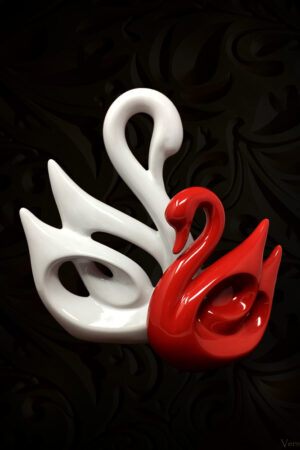
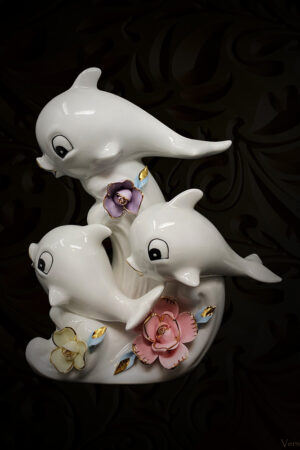
Greek Pottery:
The Pinnacle of Ancient Ceramics
Greek pottery is a vital aspect of ancient art, providing insight into the culture, mythology, and daily life of classical Greece. The Greeks popularized the amphora, used to store wine and oil.
Geometric and Archaic Styles
Greek pottery underwent a transformative period from 900 BCE. The Geometric period (900–700 BCE) saw repeating patterns and abstract designs. By the Archaic period (700–480 BCE), black-figure pottery emerged, depicting mythological scenes and heroic narratives.
Revolutionary Red-Figure PotteryThe red-figure technique, developed around 530 BCE, allowed for greater detail and realism in depicting human figures. Artists like Euphronios and Exekias mastered this style, leaving behind masterpieces that continue to inspire awe and admiration.
– – –
Chinese Pottery:
A Legacy of Innovation
China’s pottery tradition is unparalleled in its innovation and influence. Chinese ceramics have consistently set global standards from the Neolithic period to the Ming and Qing dynasties.
Neolithic Beginnings and the Dawn of Porcelain
Chinese potters made simple pots as early as 10,000 BCE. The invention of porcelain during the Tang Dynasty (618–907 CE) marked a watershed moment, and the translucent, delicate material became a hallmark of Chinese artistry.
The Ming Dynasty: Blue-and-White Porcelain
The Ming Dynasty (1368–1644) elevated the iconic blue-and-white porcelain to a position of prominence. Artisans employed cobalt oxide to create intricate patterns that symbolized prosperity, nature, and harmony. These pieces became highly sought after in Europe and the Islamic world.
Chinese Porcelain Vases
Chinese porcelain vases became symbols of wealth and status, often presented as gifts to royalty. Their intricate designs and delicate craftsmanship remain unparalleled.
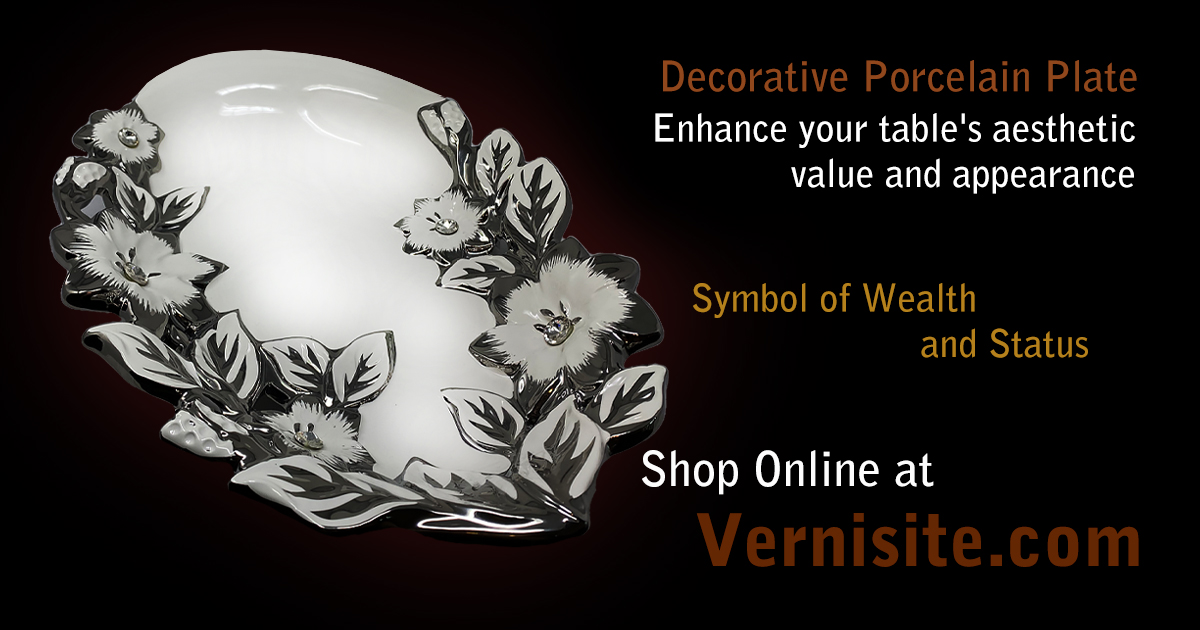

Japanese Pottery:
Simplicity and Wabi-Sabi Aesthetics
Japanese pottery is known for its understated elegance and profound connection to nature. Rooted in the philosophy of wabi-sabi, which embraces imperfection, Japanese ceramics prioritize authenticity and simplicity.
Jomon and Yayoi Periods
The Jomon period (14,000–300 BCE) is notable for its rope-patterned pottery, among the world’s oldest. The Yayoi period (300 BCE–300 CE) introduced wheel-thrown pottery, resulting in more uniform and functional designs.
The Tea Ceremony and Raku Ware
Japanese tea culture had a profound influence on pottery, particularly during the Momoyama period (1573–1603). Raku ware embodies the spiritual essence of the tea ceremony with its earthy textures and irregular shapes.
The Global Influence of Pottery
Pottery from Iran, Armenia, Greece, China, and Japan has shaped global art and culture. From the intricate Persian glazes to the philosophical depth of Japanese ceramics, these traditions have transcended borders, inspiring generations of artists and collectors.


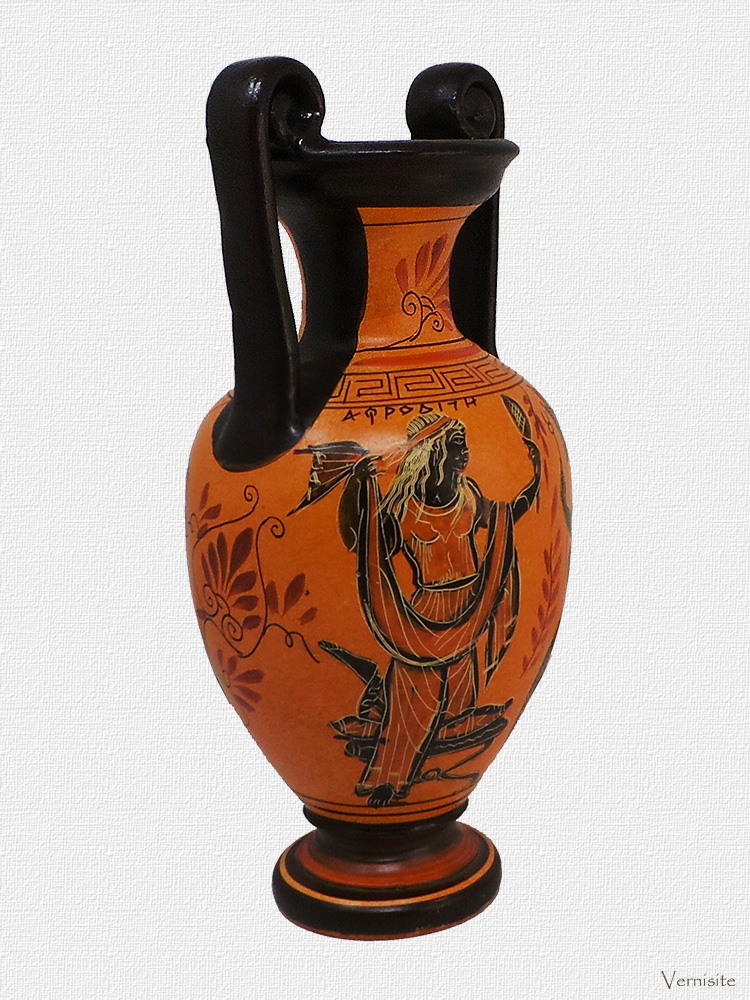
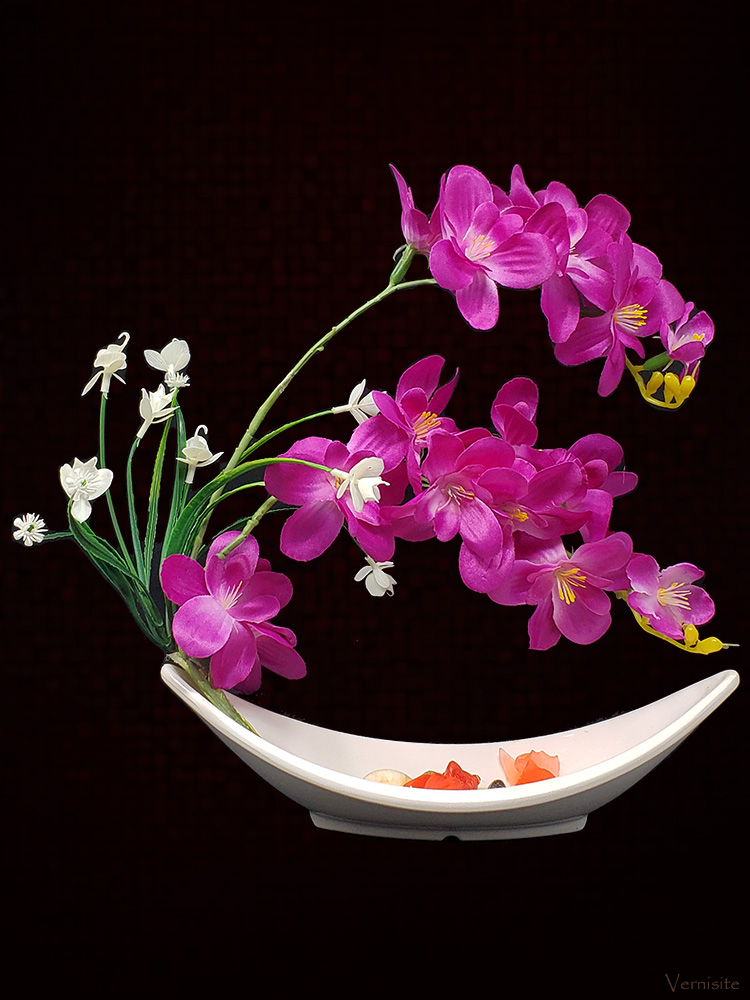
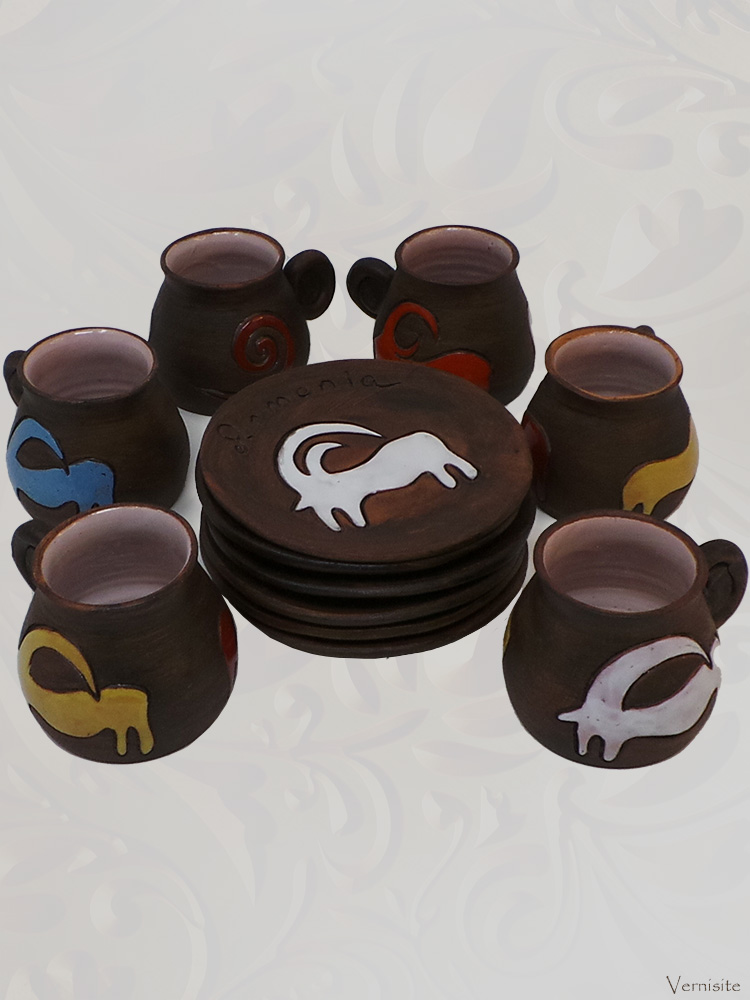

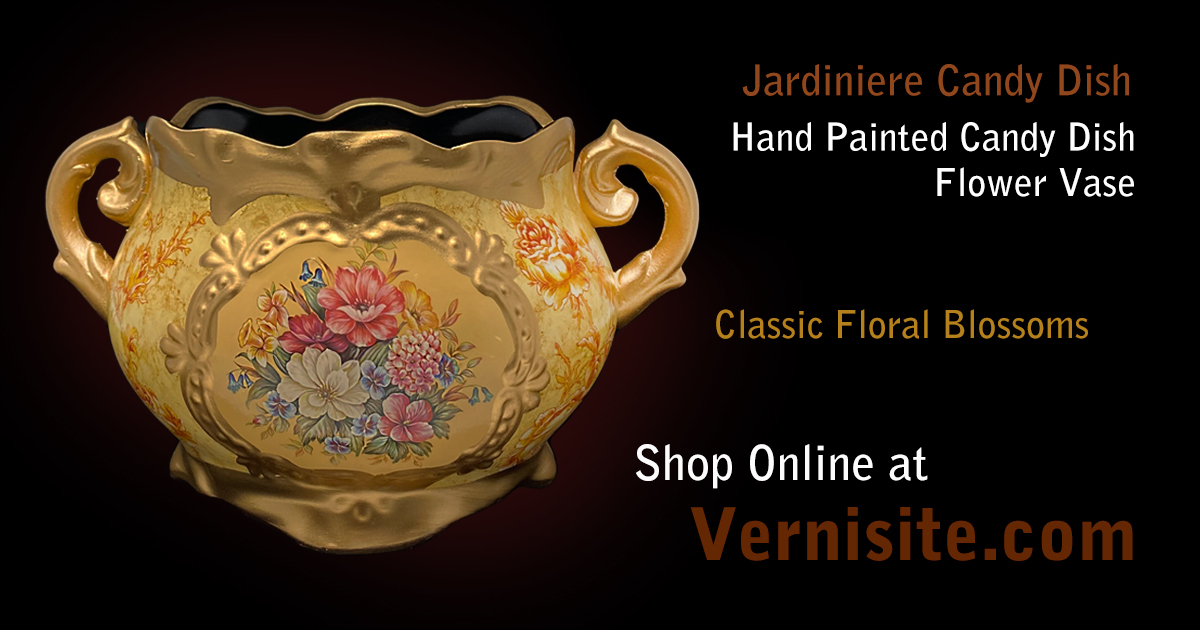


Leave a Comment
You must be logged in to post a comment.